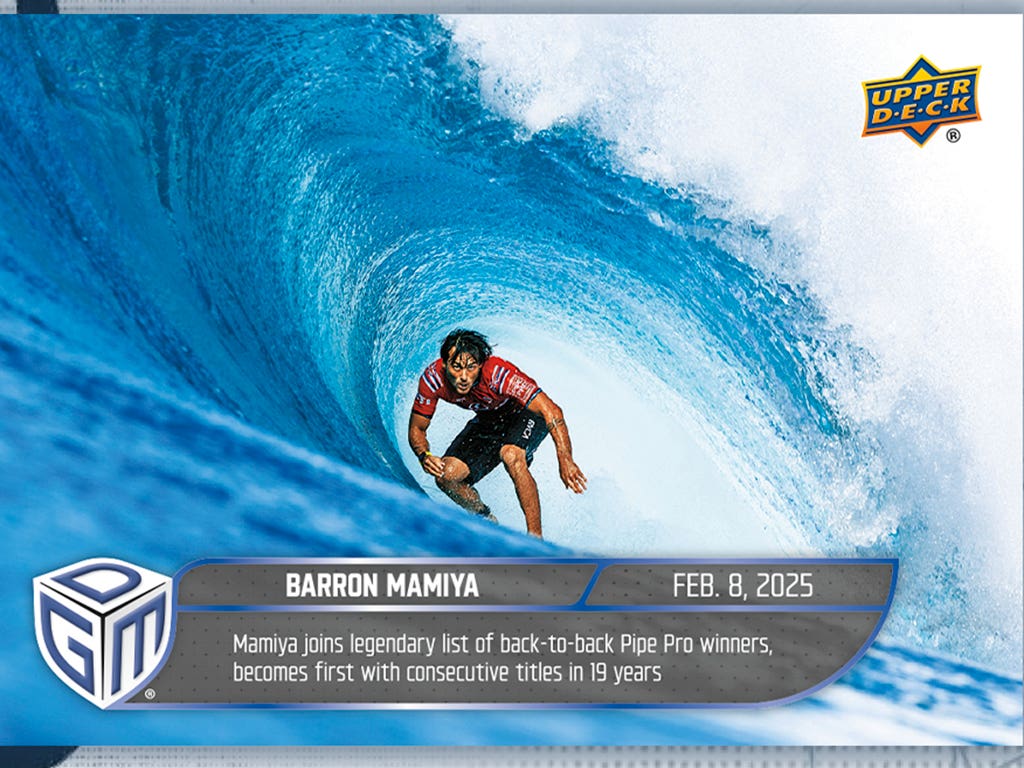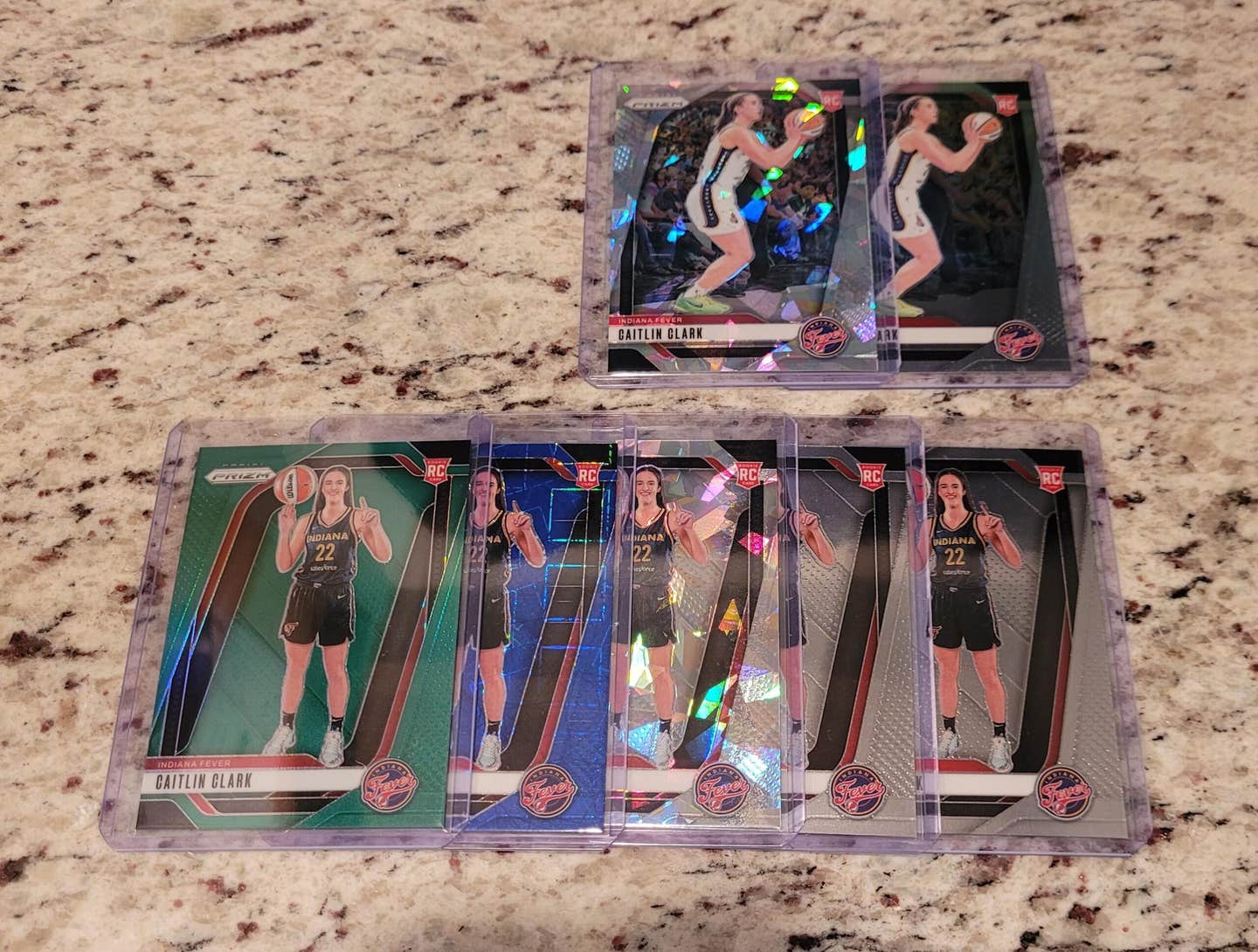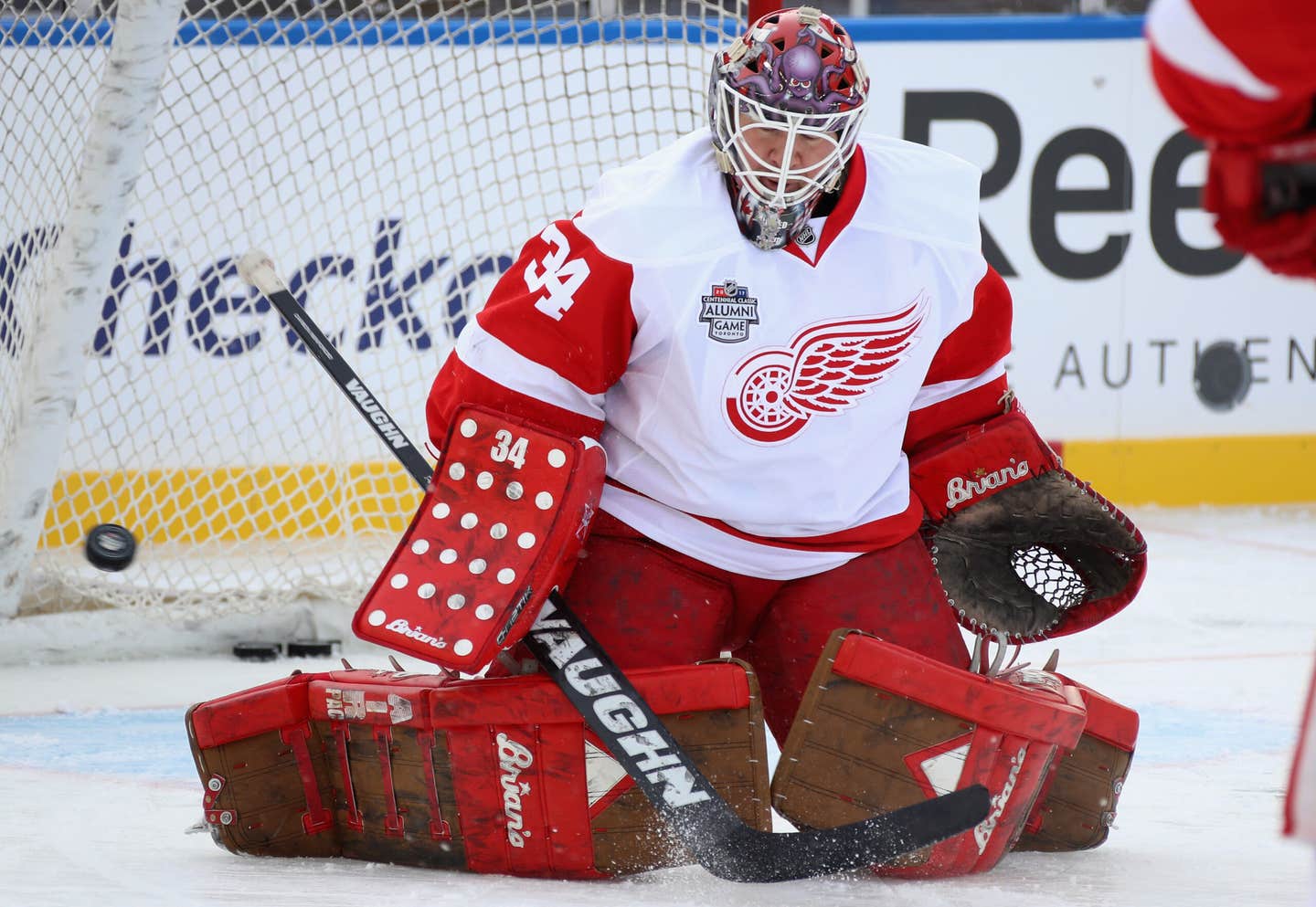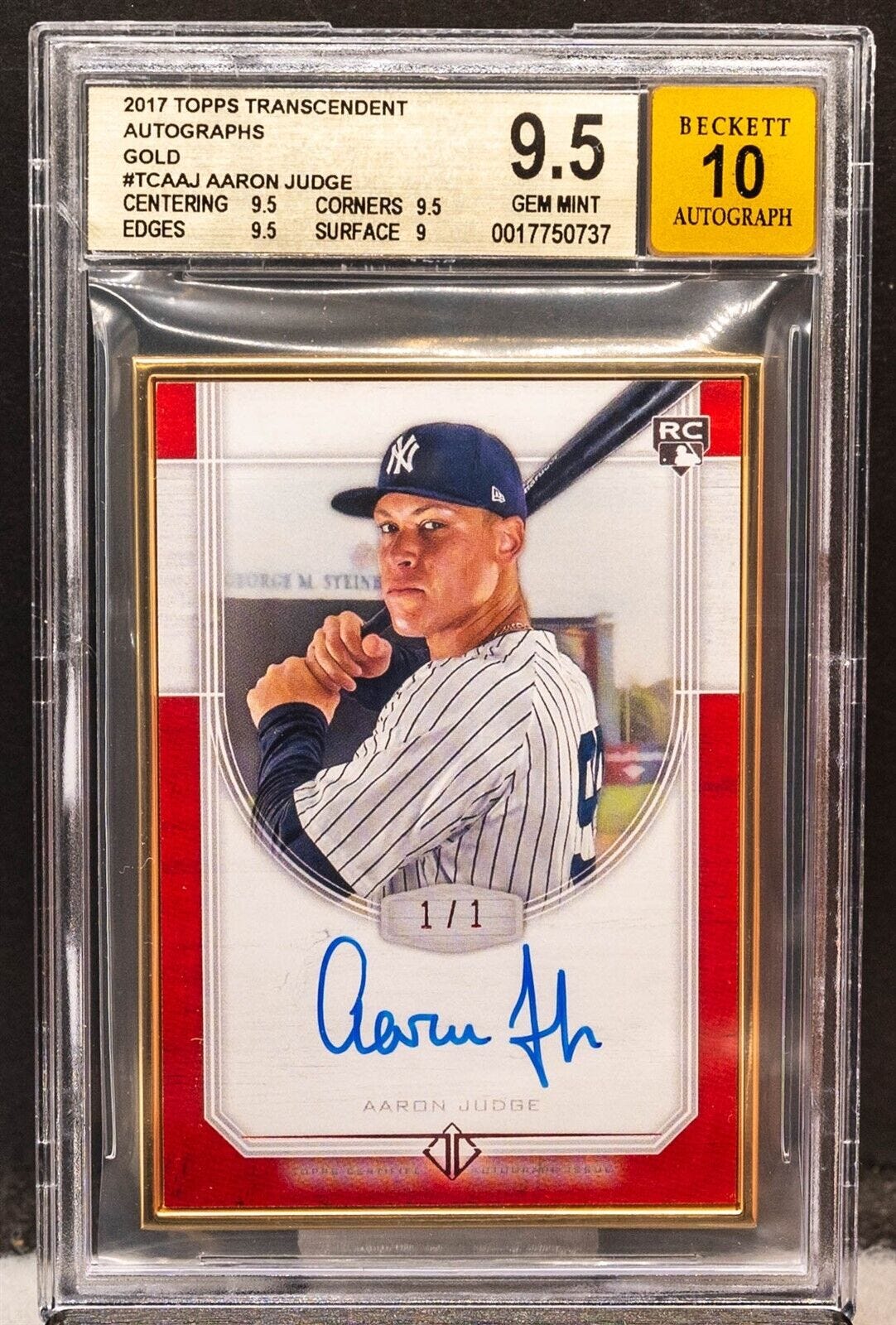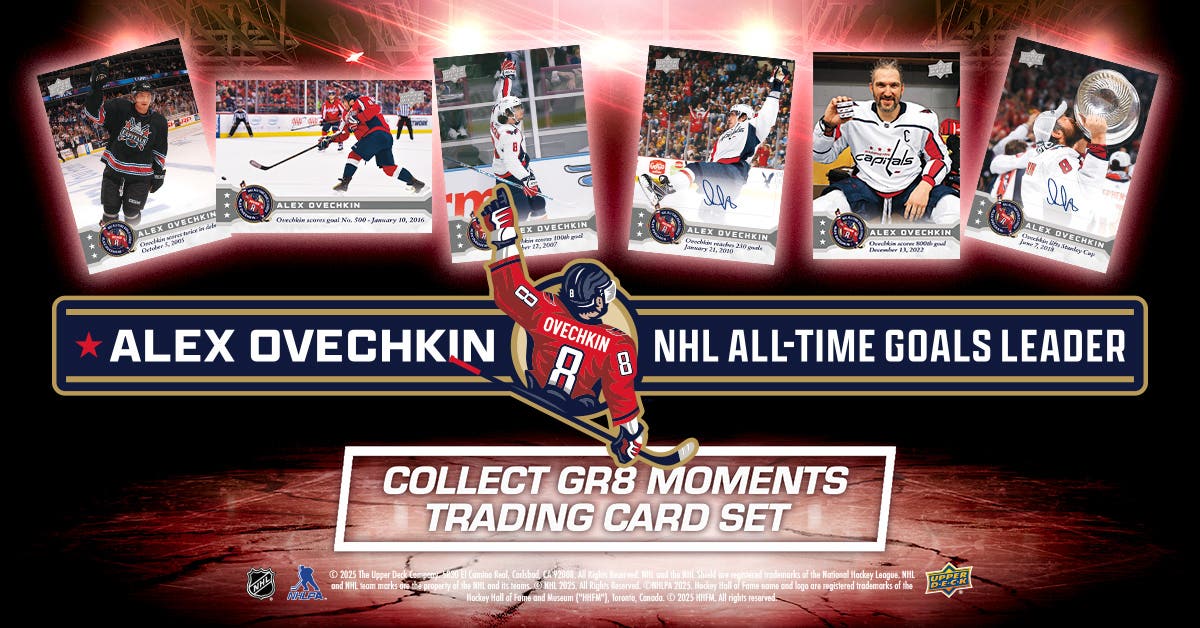
Joe DiMaggio
Tim Carroll turns common cards into mosaic art depicting baseball cards
In 2009, Tim Carroll and his wife were in New Orleans for an educator’s trip as both were teachers. In the fabled French Quarter, they spotted a variety of eclectic art, including body painting. Carroll was fascinated by the artwork.
It then started raining, so they started back to their hotel and, en route, he picked up a magazine that mentioned the 100th anniversary of the famed T206 Honus Wagner tobacco card.
“I looked at my wife and said, ‘Wouldn’t it be cool if I could take all of those common cards in my closet and trade them for a Wagner – maybe one million cards for a $1 million card,’” he said.
His wife said, give it a shot.
Carroll laughed and replied, “Unfortunately it doesn’t work like that. It’s not quantity, but rather, quality.”
They returned home and Carroll pulled out his vast supply of late-1980s cards, particularly his overflowing supply of commons from that era.
“I saw where the 1988 Topps cards, for instance, had a lot of burnt orange on them, and the 1989 Fleer had some grey,” he said.
Carroll had a plan – use the supply of cards, cut them up and make a poster-sized artwork piece of a specific card.
He started with the T206 Wagner and, before long, he had a crude Wagner artwork card.
“I posted it online and thought I’d get a few laughs. Turns out, people loved it,” Carroll said. “People wanted to see more, similar-style artwork pieces, or maybe one of their favorite player.”
Carroll’s new business quickly took off.
He had been using the money made from the sales of artwork pieces for family vacations. Soon he started charging more, and they were still selling.
The demand was strong, still is.
About two years ago, Carroll stopped teaching, went full-time into artwork, anchored around cut cards artwork.
“This has been the greatest thing,” said Carroll, 40, who lives in Conway, South Carolina.
“It’s weird when I tell people that I cut baseball cards for a living, but it’s true; that’s what I do.”
Carroll attended the 39th annual National Sports Collectors Convention in Cleveland the first week of August to show off his work. He is also working on a new Jim Thome piece, his 142nd ever made.
“I hope that people think that (the artwork has) gotten a little bit … not necessarily more realistic, but rather, more true to the (original) card, maybe more recognizable. I hope that the players’ faces are a little better,” Carroll said. “The goal for each is to just get better. I think I’m learning something with each piece I do.”
Making the artwork takes 55 to 65 hours on average, some take more than 100 hours, “but (the time spent is) well worth it in the end,” he said.
The Wagner piece took 996 cards – and yes, he counted exactly how many cards he cut.
He doesn’t count anymore, but guesses each piece uses about 2,000 cards to produce.
Carroll said many of the cards used to produce the art are donated.
“Online collectors are amazing. I can tell collectors that I need commons from a certain set, and it’s humbling how many people are willing to send me boxes of cards. Often, collectors don’t even charge me; they just want to know what piece their cards end up on,” said Carroll, who has about 450,000 cards in his studio.
Certain past cards have certain color schemes, and he’s well aware of the colors.
“I laid sod as a teenager, worked in a factory for 10 years cutting leather before teaching. (My hands) are rough and tough,” said Carroll who, at the National, had the fingertips on both hands covered with tape – to keep from getting glue under his fingernails.
Carroll goes through scissors regularly, and joked that he’s open to a sponsorship deal with a scissor company.
Last year, Carroll completed a three-foot by three-foot piece of his son, which he surprised him with from a past photo.That piece is his favorite.
“I love a little something about every single piece,” he said.
Carroll has produced artwork of the 1988 Fleer Craig Biggio card, as well as the 1987 Topps Mookie Wilson and the 1978 Topps Eddie Murray cards, among others.
About 90 percent of his work now is by commission.
Carroll’s dad bought him a 1962 Topps Mickey Mantle card as a kid, and that’s his all-time favorite card. He’s now working on an artwork piece of that card – for himself.
He’s also now working on a 1986-87 Fleer Michael Jordan card.
The artwork sells for $2,800 to $3,800 on average.
Most pieces are eight times a standard card, so they end up about 20x28.
He can make artwork of any card, from any era or sport, or non-sport cards.
Carroll also has had other unique artwork pieces, such as a piece of Frank Thomas, made out of Band-Aids, a tribute to his nickname, Big Hurt. He’s also done George Brett out of pine tar, and Walter Payton out of sugar and artificial sweetener packets, as the former Chicago Bears running back was, of course, nicknamed “Sweetness.”
“I’m having fun with the artwork, a lot of fun,” he said.
For more about Tim Carroll’s art, go to www.timcarrollart.com.
Ross Forman is a freelance contributor to Sports Collectors Digest. He can be reached at Rossco814@aol.com.



